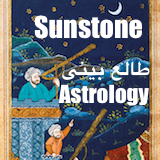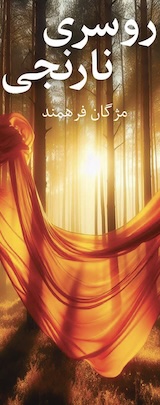Link
MajidNaficy 's Recent Links
The New Yorker: Führer—I: The Sublimated World of Adolf Hitler
MajidNaficy | 7 hours ago
0 17
The New Yorker: Can Democrats Fight Back Against Trump’s Redistricting Scheme?
MajidNaficy | 7 hours ago
0 22
The New Yorker: What It’s Like to Brainstorm with a Bot
MajidNaficy | 8 hours ago
0 20
Is Netanyahu's new Gaza plan really new? • FRANCE 24 English
Viroon | 5 hours ago
0 57
Category: None










Comments